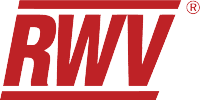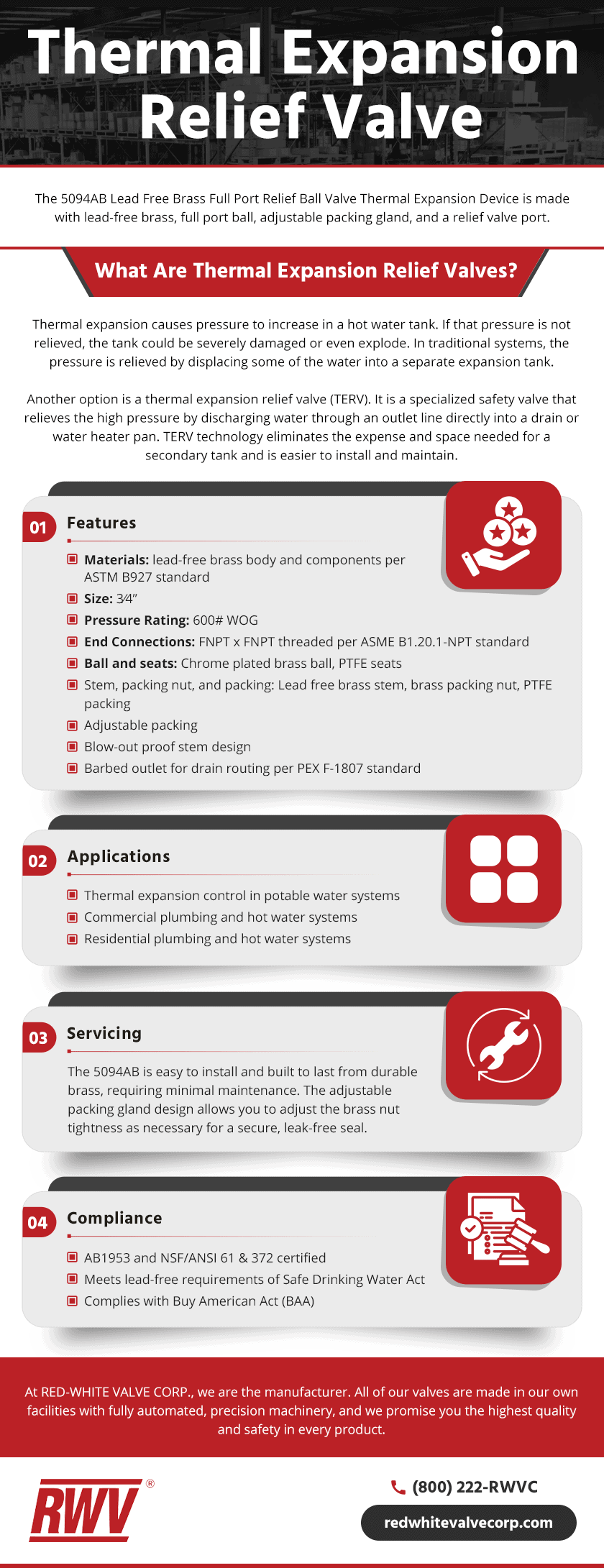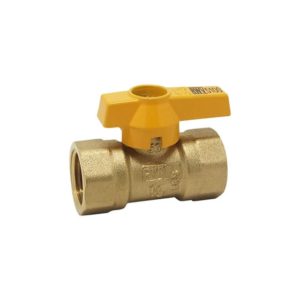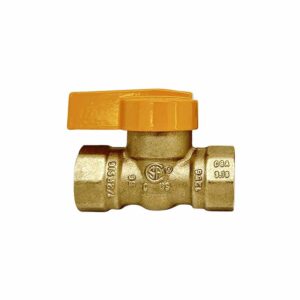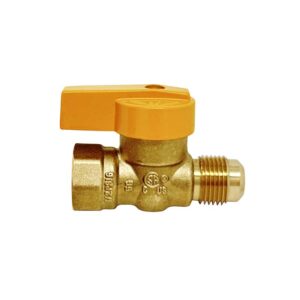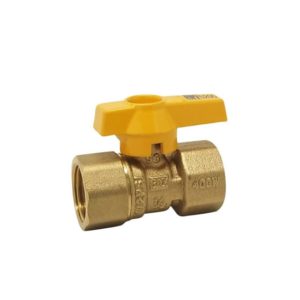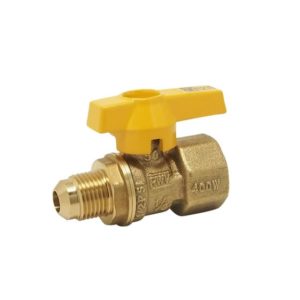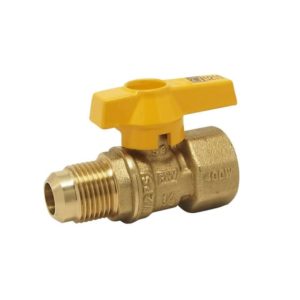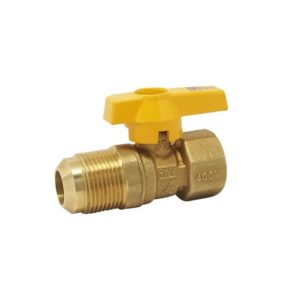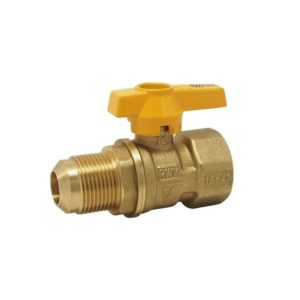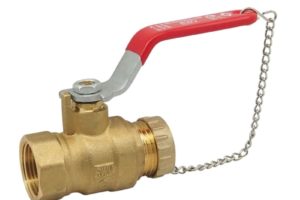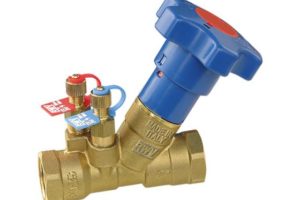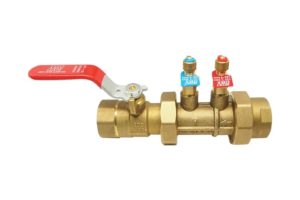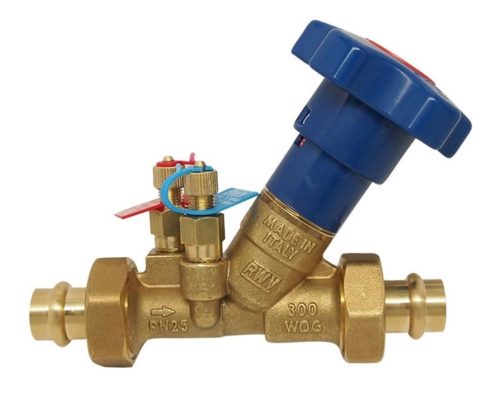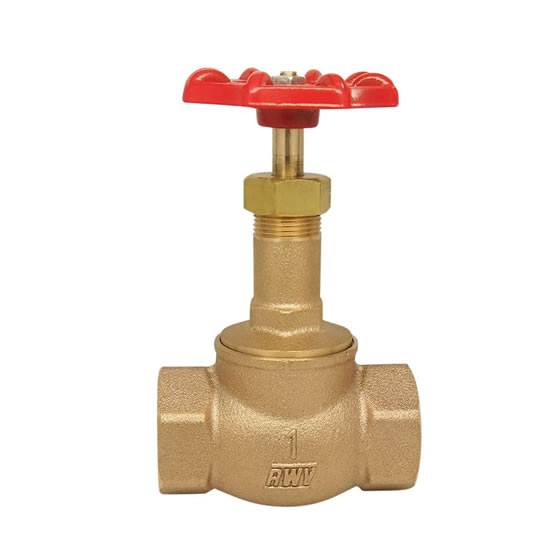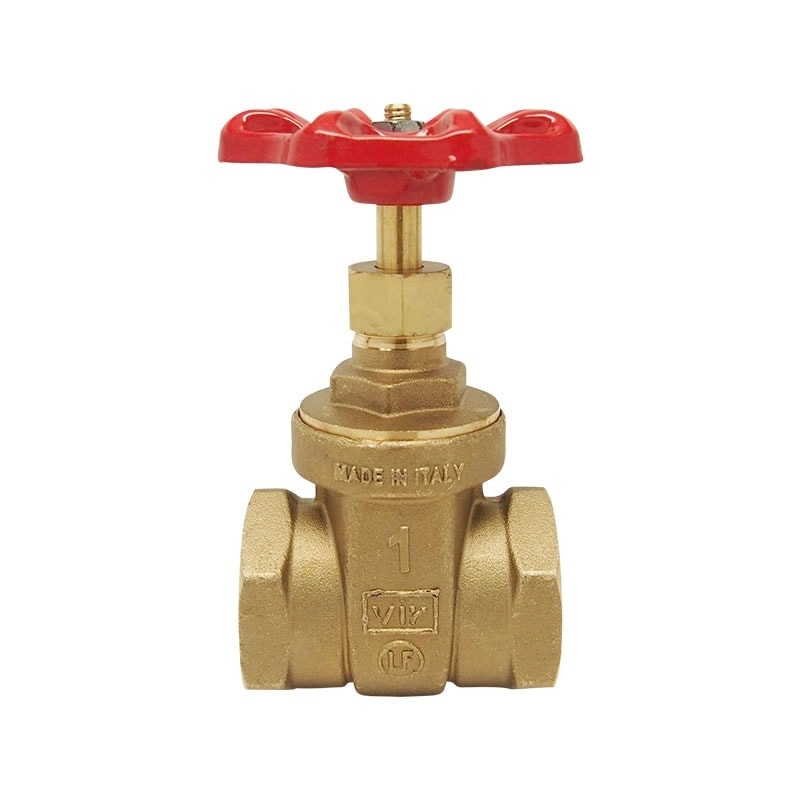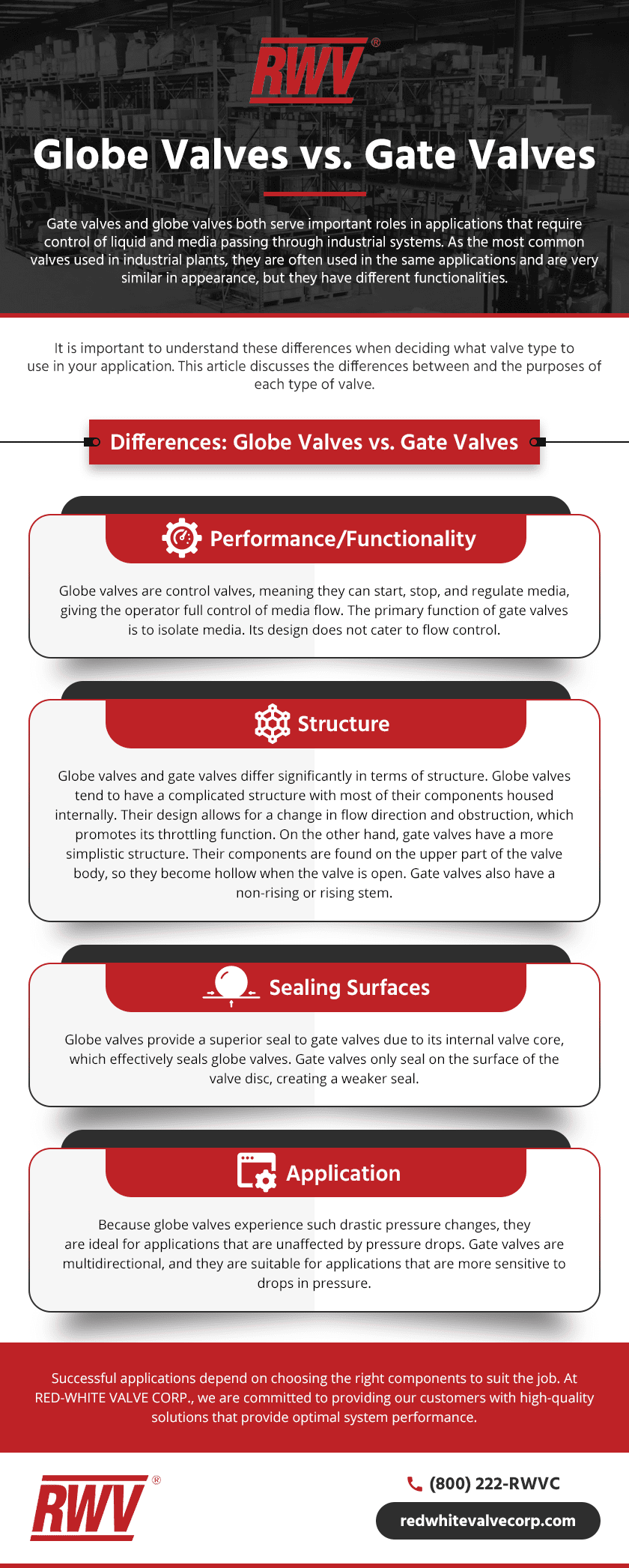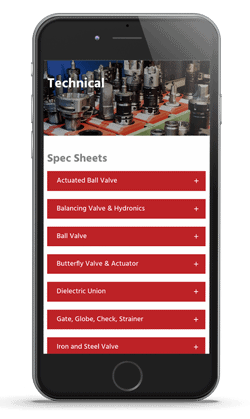Plumbing Valve Types | A Water Valve Selection Guide
Comments Off on Plumbing Valve Types | A Water Valve Selection GuideWater valves perform a range of functions for plumbing systems in consumer kitchens and bathrooms as well as large-scale industrial processing and distribution systems. Plumbing valves control water flow and direction, maintain or change pressure, and shut off water in the event of an emergency. They are also made of different materials depending on whether they are used for potable or non-potable water.
To help you determine the right type of valve for your water system, we put together this guide explaining the features of the most common types of valves in plumbing.
Choosing the Right Water Valve Type for Your Plumbing Needs
When you’re choosing a water valve, consider the following factors of your application:
- The type of fluid, such as potable water or wastewater
- The anticipated flow rate, as well as the maximum and minimum flow rate
- Fluid pressure, which impacts the type of material the valve can be
- The type of connection in the adjacent piping or equipment
- Regulations for your industry and facility
Start by addressing the valve’s intended function, and consider whether one of these eight most common types of water valves fits your application.
Ball Valve
Ball valves feature an interior ball mechanism with a hole in it. As the valve is rotated, the opening becomes smaller or larger to control the flow of fluid. These water valves offer cost-effective operation, low maintenance, and convenience. However, they can become blocked or obstructed over time, especially in hard water environments.
Butterfly Valve
These water valves have an internal rotating disc that creates a tight seal. With each quarter turn, the disc rotates to open or shut off fluid flow. Butterfly valves are simple, easy to maintain, and can offer bi-directional flow control. However, butterfly valves can result in pressure drops since the rotating disc is always in the valve’s flow line.
Check Valve
A check valve is a one-way valve that prevents the flow of fluid from going backward. They protect upstream fluid lines from contamination, vital in applications such as food processing and chemical processing. They can also prevent water hammer from damaging sensitive upstream components.
Gate Valve
Gate valves have a flat disc-like mechanism that raises (open position) and lowers (closed position) to allow or stop the flow of water. They are very common in older water systems, and they can accommodate high-pressure levels and large flow rates without causing water hammer. However, they take up more space than other flow control valves, are relatively slow to open and close, and may erode over time with frequent use.
Globe Valve
These are cylindrical water valves that have two globular halves that interrupt or allow fluid passage. They can be used to throttle flow with precision, even under high pressure. However, they may result in higher pressure drops than those seen with other valves.
Stop Valve
Stop valves, or shut-off valves, are simple valves that are typically in the open position. Operators can rotate them closed as needed. They typically attach to water fixtures like sinks and toilets for a convenient shut-off option during maintenance or an emergency.
Hose Bibbs
Hose bibbs are outdoor spigots that facilitate flow from inside to outside a structure, usually a home. They usually have a threaded pipe for connection with garden hoses. Hose bibbs typically aren’t built for extreme pressure levels.
Boiler Drains
Boiler drains remove sediment, water, and other buildup from boilers to optimize system efficiency. These water valves have a hose end connection and must comply with boiler manufacturer regulations.
High-Quality Plumbing Valves from RED-WHITE VALVE CORP.
At RED-WHITE VALVE CORP., we manufacture high-quality, industry-leading water valves to fulfill our customers’ critical requirements. We manufacture all products in-house with cutting-edge production processes, allowing us to provide unmatched quality, long service life, and competitive prices.
Explore our highlighted water valve products for plumbing applications:
-
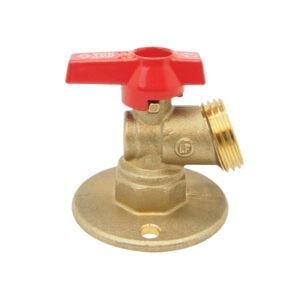 View Details
View DetailsRW-255ABF LF Brass Quarter Turn Sillcock with Flange
$59,345,792,292.00 Add to cart -
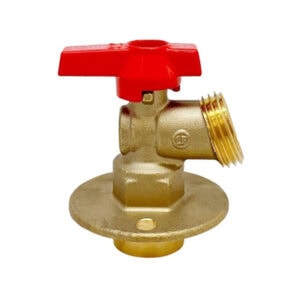 View Details
View DetailsRW-275ABF LF Brass Quarter Turn Sillcock with Flange
$59,345,792,292.00 Add to cart -
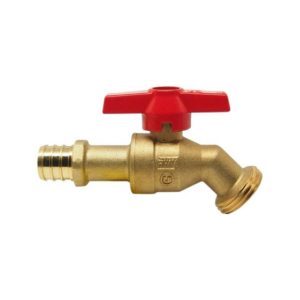 View Details
View DetailsRW-316AB LF Ball Valve Hose Bibb
$59,345,792,292.00 Add to cart -
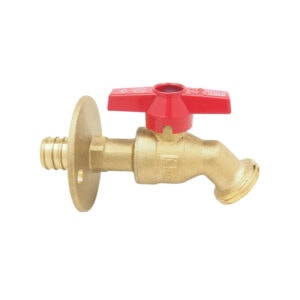 View Details
View DetailsRW-316ABF LF Ball Valve PEX Hose Bibb with Flange
$59,345,792,292.00 Add to cart
Contact Our Valve Experts to Discuss Your Plumbing Project
At RED-WHITE VALVE CORP., we supply our clients with high-quality valves that meet tight tolerances, comply with stringent regulations, and endure extreme work requirements. Contact us today to learn more about our available products or for expert assistance in choosing the right water valve. You can also request a quote for pricing details.
